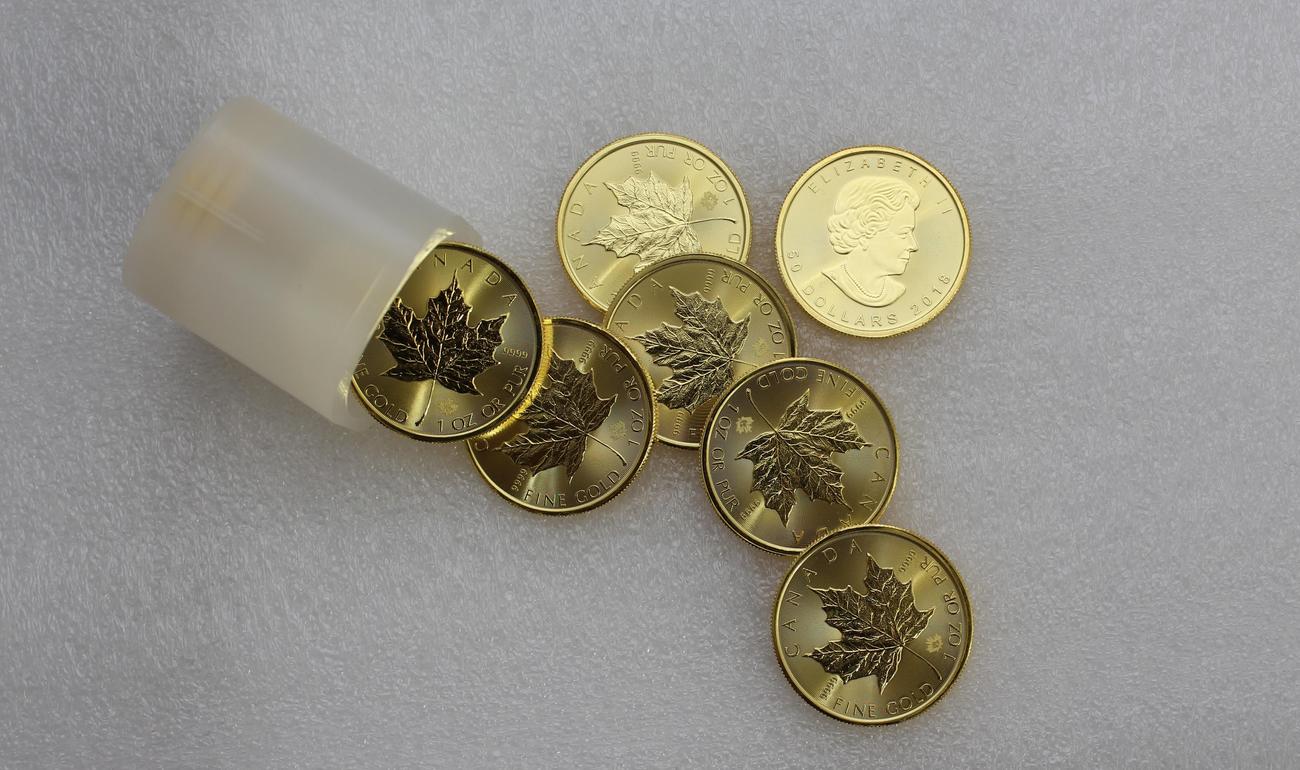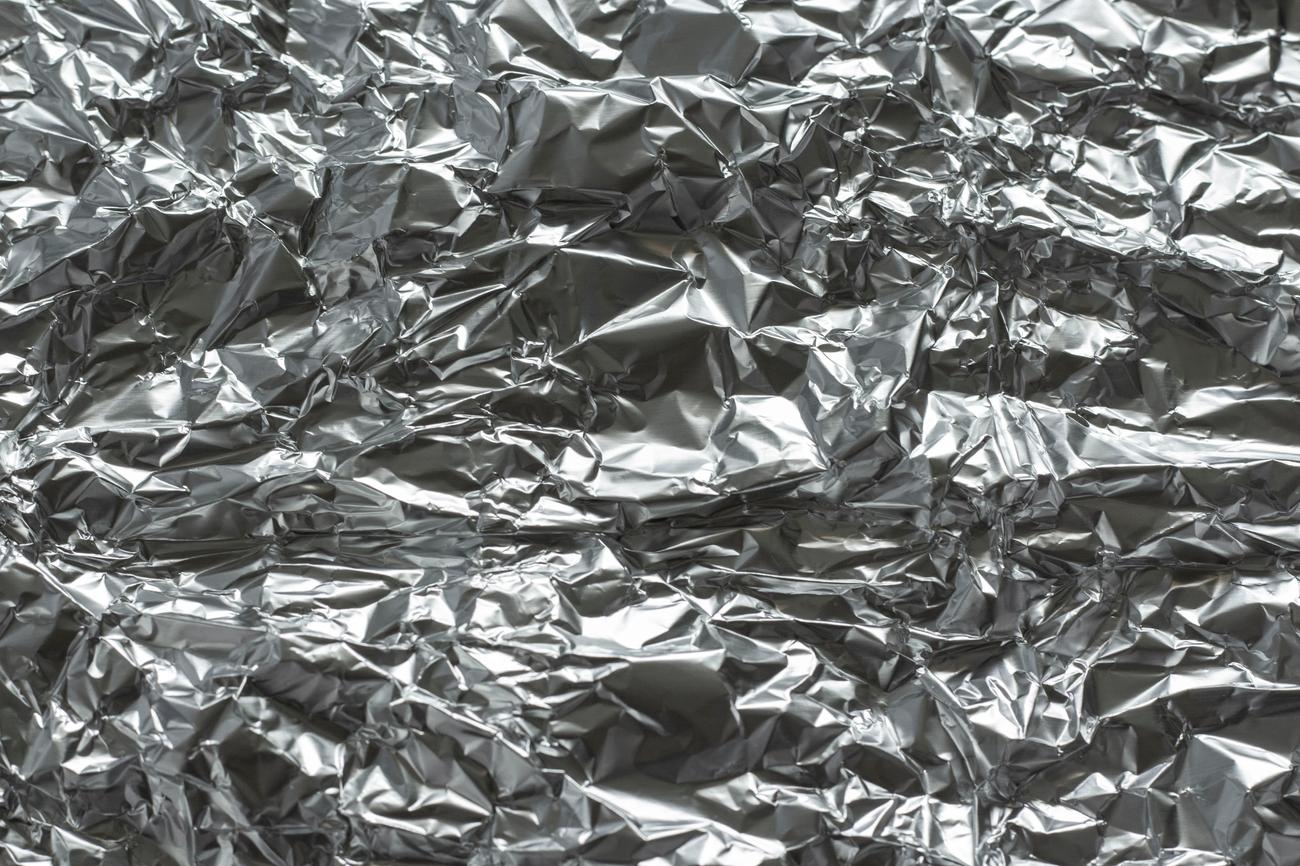Welcome to the fascinating world of silver! In this article, we will uncover five intriguing tidbits about this precious metal that will leave you in awe. From its non-toxic properties to its unmatched reflectivity, silver holds a myriad of captivating secrets waiting to be discovered. Whether you are an avid silver investor or simply curious about its unique characteristics, join us on this journey as we delve deep into the enchanting realm of silver. Brace yourself for a wealth of knowledge and prepare to be captivated by the enthralling silver facts that lie ahead.

5 Interesting Facts About Silver
Reflective and Thermal Conductivity
Did you know that silver is not only shiny, but it’s also the most reflective metal? Its reflective quality is so remarkable that it’s often used in mirrors. Additionally, silver has the highest thermal conductivity of any element, meaning it can transfer heat at an impressive rate. This unique property makes silver an essential component in many electronic devices, making them function efficiently. So, next time you look in a mirror or use your mobile phone, remember that silver plays a vital role in these everyday items. As the saying goes, “Silver shines bright and conducts heat right!”
Origin of the Word “Silver”
Have you ever wondered where the word “silver” comes from? The term itself has an intriguing origin. It derives from the Latin word “argentum,” which means “shiny” or “white.” The shiny nature of silver is evident in its name and reflects its lustrous appearance. So, while silver may be a familiar word to you, now you know its roots lie in a language that recognized its brilliant sheen. As they say, “Etymology sheds light on the word ‘silver’.”
Silver’s Role in Ancient Cultures
When we think of precious metals, gold often comes to mind. However, in ancient Egypt and many other ancient cultures, silver held even greater value than gold. Silver was used as a form of currency and was highly sought after for its beauty and rarity. This historical fact highlights the enduring allure of silver throughout the ages. As they say, “Silver, the true ancient treasure!”
Silver’s Health Benefits
Beyond its monetary and aesthetic value, silver also offers health benefits. Silver possesses antibacterial properties, making it a valuable element for medical and sanitary purposes. Throughout history, silver has been used in wound dressings, water purification systems, and even in medicines. Its antimicrobial nature helps prevent the growth of harmful bacteria, promoting better health and hygiene. As they say, “Silver’s sparkle goes beyond the surface!”
Silver and Cloud Seeding
Did you know that silver can make it rain? It may sound like magic, but it’s a real phenomenon known as cloud seeding. By seeding clouds with a compound called silver iodide, scientists can induce rain or snowfall. The silver iodide crystals act as nuclei for water droplets, encouraging them to condense and form precipitation. So, next time you enjoy a rainy day, remember that silver had a hand in bringing those droplets of joy. As they say, “Silver’s touch turns clouds to rain!”
In conclusion, silver is a fascinating and multifaceted precious metal. From its unmatched reflectivity and thermal conductivity to its historical significance and health benefits, silver holds a prominent place in various aspects of our lives. Whether it’s making mirrors sparkle, promoting good health, or even controlling the weather, silver continues to captivate us with its many intriguing facts. As they say, “Silver, the shimmering treasure trove of knowledge!”
5 interesting facts about silver:
Silver is a fascinating precious metal with a rich history and countless intriguing properties. From its stunning luster to its significant role in various industries, the allure of silver is undeniable. Whether you’re a jewelry enthusiast, a curious investor, or simply someone who appreciates the beauty of this versatile element, you’re bound to find these facts about silver absolutely captivating.
Did you know that silver has been used as money for thousands of years? It’s true! In fact, silver coins were once the primary currency of many civilizations, and even today, silver bullion is a popular investment choice for those looking to diversify their portfolios. If you’re interested in learning more about the fascinating history of silver as a medium of exchange, check out these enlightening quotes about silver. Click here to explore the profound perspectives on this precious metal.
Now, let’s delve into a topic that combines both history and spirituality. Have you ever wondered what the Bible says about silver? You might be surprised to discover the abundance of biblical references to silver and its significance in various contexts. If you’re curious about the spiritual connections and symbolic meanings associated with silver, take a moment to explore what the Bible says about silver. Click here to uncover the profound teachings and wisdom surrounding this precious metal.
Moving on to the realm of music, there’s a captivating song called “Silver Soul” by Beach House that has intrigued listeners for years. This mesmerizing track brings forth a dreamy ambiance and thought-provoking lyrics. What is “Silver Soul” truly about? Dive into the enchanting world of this Beach House masterpiece and unravel the poetic journey it takes you on. Click here to discover the hidden meanings and emotions behind “Silver Soul”.
Lastly, let’s address a commonly debated topic: silver versus gold. Which statement is true about silver and gold? Many claim that silver outperforms gold in certain scenarios, while others argue the opposite. If you’re interested in uncovering the unique characteristics and value propositions of these precious metals, take a moment to explore the ongoing discussion surrounding silver and gold. Click here to gain valuable insights and make an informed decision on where to invest your resources.
Intrigued yet? Silver never fails to captivate us with its shimmering brilliance and multifaceted nature. Whether you’re seeking historical, spiritual, musical, or investment-related knowledge, these links offer a gateway to a world brimming with fascination and discovery. So, don’t hesitate! Click on the links and embark on a journey of silver exploration like no other.
Silver is non-toxic to humans.
When it comes to precious metals, silver stands out not only for its beauty and value but also for its unique properties. One intriguing fact about silver is that it is non-toxic to humans. Unlike certain metals that can have harmful effects on our health, silver poses no such risks when properly utilized.
Now, you might be wondering, how can a metal be non-toxic? Well, it all comes down to silver’s chemical behavior. Silver is a transition metal element with the symbol Ag, and it has a remarkable ability to interact with other elements in a stable and safe manner. This means that when silver comes into contact with our bodies, it doesn’t release any toxic substances or pose a threat to our well-being.
In fact, silver’s non-toxic nature has made it useful in various applications throughout history. From silverware and jewelry to medicinal contexts like dentistry, silver has been embraced for its versatility and safety. This remarkable metal can be worn on our fingers or used to fill cavities in our teeth, all without causing any harm.
Moreover, the non-toxic nature of silver extends beyond everyday use. In the realm of healthcare, silver has found its place as an antimicrobial agent. With its ability to kill bacteria and other lower organisms, silver has been incorporated into air conditioning systems and water filtration processes to maintain clean and safe environments. This demonstrates not only the non-toxicity of silver to humans but also its potential in promoting our well-being.
To put it simply, silver’s non-toxic nature sets it apart from many other metals. While some may have adverse effects on our health, silver shines as a safe and reliable choice. Whether it’s adorning our bodies or enhancing our daily lives through its antimicrobial properties, silver proves itself to be a valuable and trustworthy companion.
In conclusion, silver’s non-toxicity to humans is a fascinating fact that highlights its unique qualities. As you delve further into the multifaceted world of silver, remember that this remarkable metal not only captivates with its beauty and value but also keeps us safe and secure. So, the next time you admire a silver ornament or encounter silver in a medical setting, you can appreciate its non-toxic nature, knowing that it adds another layer of allure to this precious metal.
“Silver’s non-toxic nature makes it a safe and reliable choice for various applications, from jewelry to healthcare, enhancing our lives without posing any harm.”
13. No metal is as reflective as silver.
Silver, with its captivating luster and shimmering brilliance, holds a unique place among metals. Its unrivaled reflective properties have made it an invaluable resource in various industries. Whether it’s manufacturing mirrors, telescopes, or solar cells, silver’s reflectivity sets it apart from all other metals.
Imagine standing in front of a mirror and gazing at your reflection. The clarity and crispness you experience are due to the reflective nature of silver. No metal can match its ability to bounce back light with such intensity and precision. This remarkable characteristic makes it an ideal choice for creating high-quality mirrors.
The power of silver’s reflection extends beyond our daily interactions with mirrors. Telescopes utilize silver coatings to enhance their ability to capture celestial wonders. Silver’s unmatched reflectivity allows telescopes to gather and concentrate more light, enabling astronomers to study distant galaxies and explore the mysteries of the universe.
The wonders of modern technology are also greatly indebted to silver’s reflective nature. The production of solar cells, which harness sunlight to generate electricity, heavily relies on the efficient reflection of light. By coating solar cells with a thin layer of silver, the cells are able to capture and utilize more sunlight, maximizing their energy conversion capabilities.
To truly appreciate silver’s exceptional reflectivity, let’s take a moment to compare it to other metals. Think of silver as a polished mirror, flawlessly reflecting light and enhancing clarity. In contrast, other metals like gold or copper may have their own unique qualities, but they simply cannot match silver’s unparalleled reflective prowess.
So, the next time you catch a glimpse of your reflection in a mirror or marvel at the images sent by a telescope, take a moment to appreciate the role of silver. Its exceptional reflectivity not only enriches our lives aesthetically but also fuels advancements in industries that shape our world.
Remember, in the realm of reflection, silver reigns supreme. Its ability to transform light into a captivating display is unparalleled. Delve into the fascinating world of silver, and discover the beauty and wonder that lies within one of nature’s most reflective creations.
“Silver’s unrivaled reflectivity sets it apart from all other metals, making it an invaluable resource in various industries.”
Discover 6 Intriguing Facts About Silver
[youtube v=”M8Ojs4SK7ck”]
Fact #1: Ancient Origins
Silver mining has a rich history that dates back to 5000-6000 years ago in Anatolia, modern-day Turkey. As early as 700 BC, Mediterranean civilizations were using silver as currency. Over the centuries, the center of silver mining shifted from Greece to Spain, then to Germany, and finally to Eastern Europe[^1^].
“Silver mining began in Anatolia thousands of years ago, and it quickly became a form of currency in Mediterranean civilizations.”
Fact #2: Spanish Conquest and Silver Production
The Spanish conquest of the Americas in the 16th century revolutionized silver production. From 1500 to 1800, three countries – Peru, Mexico, and Bolivia – controlled a whopping 85% share of the world silver market[^2^].
“The Spanish conquest resulted in a dramatic increase in silver production, with Peru, Mexico, and Bolivia dominating the market during this time.”
Fact #3: Major Global Players
Today, silver production is spread across the globe. Major players include Australia, Canada, the US, Japan, Chile, Russia, Africa, and Central America[^3^].
“Silver production is now global, with key players including Australia, Canada, the US, and many other countries.”
Fact #4: Extreme Melting and Boiling Point
Silver has incredible heat resistance. Its melting point reaches 1763 degrees Fahrenheit, while its boiling point is a blistering 4013 degrees Fahrenheit, hotter than the inside of an active volcano[^4^].
“Silver can withstand high temperatures, with a melting point of 1763 degrees Fahrenheit and a boiling point of 4013 degrees Fahrenheit.”
Fact #5: Technological and Electronic Applications
Silver plays a vital role in technology and electronics. It’s used in cell phones, computers, semiconductors, automobiles, water purification systems, and even spacecraft, thanks to its excellent heat conductivity[^5^].
“Silver’s exceptional heat conductivity makes it indispensable in technology, powering devices like cell phones, computers, and even spacecraft.”
Fact #6: Antibacterial Properties
Beyond its technological applications, silver possesses powerful antibacterial properties. Ancient civilizations like the Phoenicians recognized this and used silver vessels to store water and wine for freshness. Today, silver is used in bandages, surgical instruments, and other healthcare tools[^6^].
“Silver’s antibacterial properties have been harnessed by civilizations throughout history, and it continues to play a crucial role in modern healthcare, from bandages to surgical instruments.”
Silver is undoubtedly a versatile and fascinating metal, with a vibrant history and a wide range of applications. From its early use as currency to its vital role in healthcare and technology, this brilliant white metal continues to captivate and enrich our lives.
References:
[^1^] Silver Institute. “Silver Mining”. Retrieved from Link to source
[^2^] Silver Institute. “The Spanish Period”. Retrieved from Link to source
[^3^] Business Insider. “The top silver producing countries in the world”. Retrieved from Link to source
[^4^] WorldAtlas. “Silver Melting Point”. Retrieved from Link to source
[^5^] ThoughtCo. “Interesting Facts and Properties of Silver”. Retrieved from Link to source
[^6^] Live Science. “Silver: A Beautiful Antibacterial Agent”. Retrieved from Link to source

FAQ
Q: Is silver toxic to humans?
A: No, silver is non-toxic to humans.
Q: Is silver the most reflective metal?
A: Yes, no metal is as reflective as silver.
Q: What is silver’s atomic number?
A: Silver has an atomic number of 47.
Q: Where are major mining locations for silver?
A: Major mining locations for silver include Mexico, Peru, Canada, Russia, and Australia.
Q: When was silver first used by humans?
A: Silver has been used by humans since around 3000 BCE.
- HelpCare Plus: Revolutionizing Affordable and Accessible Healthcare - December 29, 2024
- Boom & Bucket: Your Digital Marketplace for Used Heavy Equipment - December 28, 2024
- Ankle Bones Crossword Clue: Solutions, Tips & Anatomical Insights - December 28, 2024














